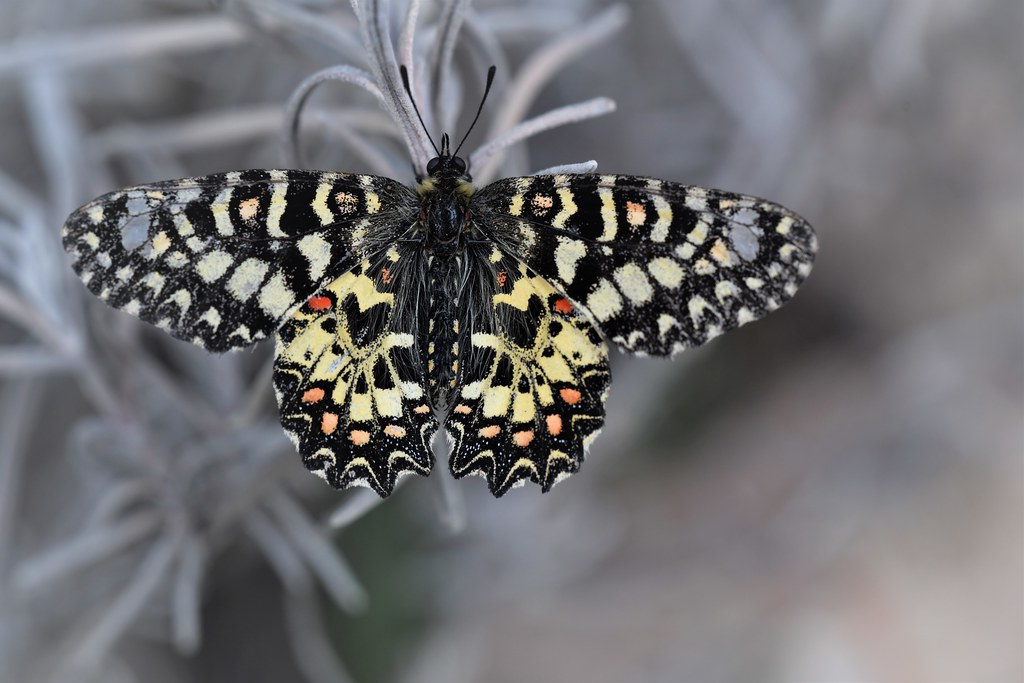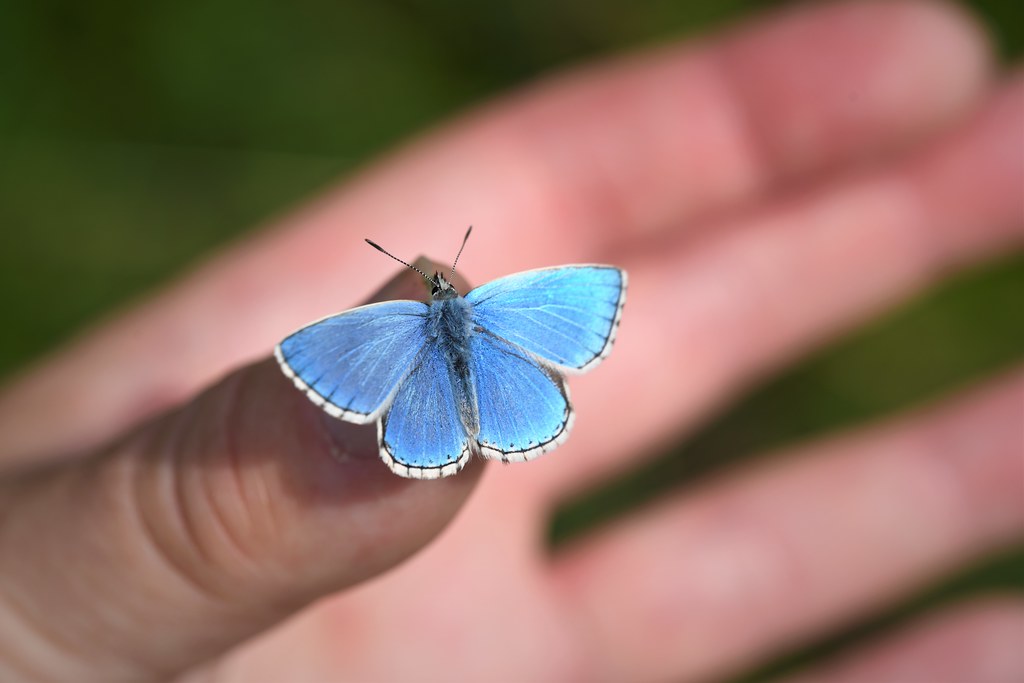#European Lepidoptera
Video
Spanish Festoon (Zerynthia rumina) 1 of 4 by Will Atkins
Via Flickr:
this species was on my Portugal wish list - the individual here is a little faded but it still thrilled me to see it.
#Spanish Festoon#Spanish Festoon butterfly#Zerynthia#Zerynthia rumina#festoon#festoon butterfly#European Wildlife#Wildlife#Wildlife of Europe#Animal#Nature#insect#insects#Insects of Europe#European insects#Lepidoptera#Lepidoptera of Europe#European Lepidoptera#Butterflies#butterflies and moths#Butterfly#butterflies of Europe#European butterflies#wildlife of Portugal#Portugese wildlife#Portugese Lepidoptera#Lepidoptera of Portugal#Butterflies of Portugal#Portugese Butterflies#close up wildlife
5 notes
·
View notes
Text
Moth Of The Day #224
Early Thorn
Selenia dentaria
From the geometridae family. They have a wingspan of 28-40 mm. They inhabit woodland, scrub, hedgerows, parks and gardens. They can be found in Northern Europe and across the Palearctic to the Caucasus.


Image sources: [1] [2]
#moth#moths#lepidopterology#lepidoptera#nature#pretty moth#insect#bugs#moth of the day#motd#bug#insects#lepidoptery#entomology#early thorn#early thorn moth#selenia dentaria#geometridae moth#geometridae#european moth#beautiful moth
230 notes
·
View notes
Text
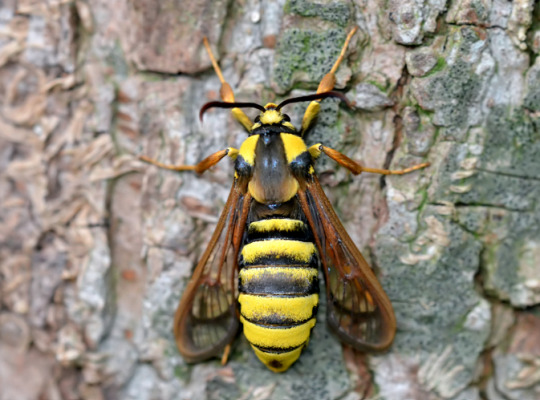
Hornet Moth (Sesia apiformis)
Family: Clearwing Moth Family (Sesiidae)
IUCN Conservation Status: Unassessed
With transparent wings and stripes of yellow-and-black fuzz running down their bodies, Hornet Moths mimic stinging insects such as wasps and hornets in order to deter predatory birds, although they themselves have no stingers and are essentially defenceless if their mimicry fails (this form of mimicry, in which a harmless species mimics a dangerous species to ward off predators, is known as Batesian mimicry.) Native to western Asia and much of Europe but also present in North America as a rare invasive species, adults of this species are active for only a short period between late June and early July; after emerging from their pupas females typically settle on a suitable tree and secrete pheromones to attract mates, and following mating they lay their tiny brown eggs on the roots of poplar (Populus) and willow (Salix) trees. After hatching in the early autumn/fall the pudgy white caterpillars chew through the tough bark of the roots and bore into the tree until they reach the nutritious living tissues in its centre, which sustains them until they're large and mature enough to pupate and emerge from the wood as adults in the following summer.
-------------------------------------------------------
Image Source: Here
#Hornet Moth#hornet moth#moth#moths#insect#insects#entomology#zoology#animal#animals#lepidoterology#lepidoptera#lepidopterans#wildlife#asian wildlife#european wildlife#bug#bugs
44 notes
·
View notes
Text
For #NationalMothWeek:

“#Moth" Pendant, c. 1900
Designer: Lucien Gaillard (French, 1861–1942 )
Gold, champlevé enamel, citrines, carved horn
3 in. × 3 5/8 in. (7.6 × 9.2 cm)
The Metropolitan Museum of Art, New York 2000.176
#animals in art#Lepidoptera in art#19th century art#20th century art#1900s#Lucien Gaillard#French art#European art#Art Nouveau#jewelry#jewellry#pendant#Metropolitan Museum of Art New York#citrine#animal holiday#National Moth Week#Moth Week
88 notes
·
View notes
Text
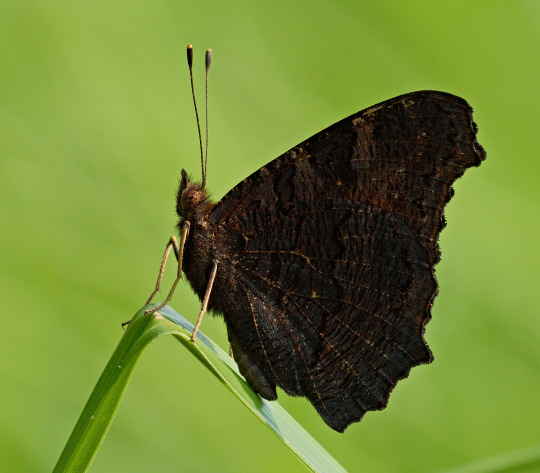
European peacock - Aglais io. Taken by the Vogelstangsee in Mannheim-Vogelstang, Germany.
21 notes
·
View notes
Photo
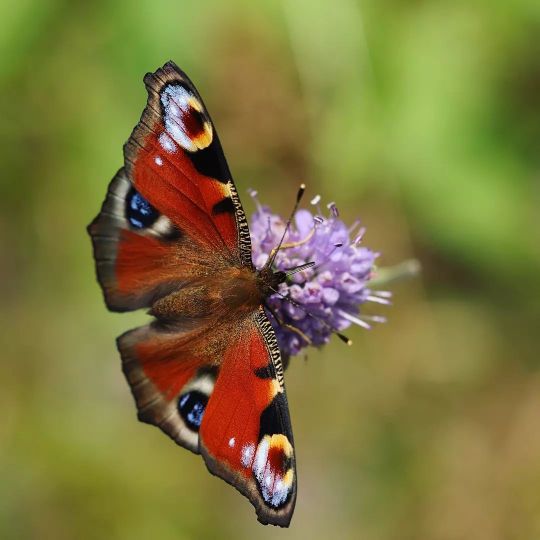
European Peacock
49 notes
·
View notes
Text
Some of my “Blooper” insect photos lol
Felt like sharing.


(well, this one’s pretty good, a little out of focus)


#photography#insect photography#I have so many more tho but idk how much this could handle cuz the filesizes are pretty big#insects#bugs#macro photography#macronature#nature#tw insects#coleoptera#beetles#cockroach#blattodea#lepidoptera#moths#european rhinoceros beetle#colorado potato beetle#also filmed the colorado guy (she/her) laying eggs
37 notes
·
View notes
Text
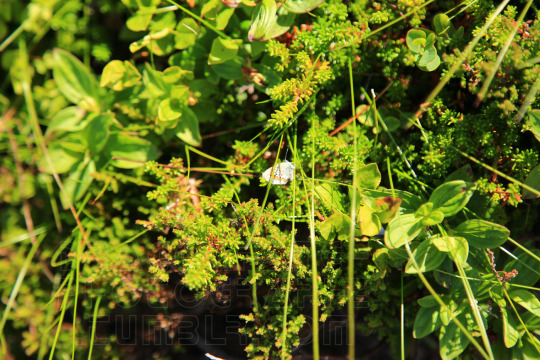
Dronningsstien, Hardanger, Norway
#Dronningsstien#H.M. Dronning Sonjas Panoramatur#Norge#Norway#Hordaland#Hardanger#Vestlandet#hiking#hiking trail#nature#wilderness#invertebrate#butterfly#Lepidoptera#Polyommatus icarus#European common blue butterfly#probably#photography#digital photography#DSLR#Canon 6D#photographers on Tumblr#August#2022-08-14#summer
7 notes
·
View notes
Text


Stregbredpande (Thymelicus lineola)
Essex/European Skipper (Thymelicus lineola)
#Stregbredpande#Thymelicus lineola#Thymelicus#Essex Skipper#European Skipper#Bredbande#Skipper#Sommerfugl#Butterfly#Lepidoptera#Hesperiidae#Insekt#Inasec#Sommer#Summer#Blåbærhøj
6 notes
·
View notes
Text



I was checking on my seed-sowing area this morning (no growth yet) and found the invasive species of the day: garlic mustard!
Garlic mustard (Alliaria petiolata) is a biennial plant in the, yes, mustard family Brassicaceae (that also includes cabbages, and radishes) that smells like garlic when its leaves are crushed. It's native across Europe, the Maghreb, and as far east as Pakistan and western China. Garlic mustard was introduced to the United States by European settlers and it has since spread across the East Coast into the Midwest and southeastern Canada. It was introduced for erosion control but mainly for culinary purposes - it's one of the oldest herbs in Europe with a history going back to 4000 BC. That being said, young garlic mustard plants contain a level of cyanide that is toxic to most vertebrate life, so be sure to chop it first to release the cyanide gas. They might not have beat Jesus with this thing but they might have fed him with it.
Garlic mustard has a few key properties that make it an excellent and dastardly invasive species. Like porcelainberry (see previous post), it cannot be composted and has to be removed by the rooted, bagged, and thrown in the garbage.
1) It's a biennial so it lives for two years in two distinct stages. In its first year of life, it stays close to the ground in rosettes (think of the circular shape of dandelions) and grows an extremely deep taproot, so out of sight, out of mind for people who want to remove it or animals who might eat it (more on that below). In the second year of life, the rosettes turn into small white flowers and the plants shoots up with new growth, up to 39 inches (about 1 meter) in height; the biggest plant that I pulled this morning was about as wide as my shoulders. The plants grow what's called a silique (basically a bean pod with confidence) that contains hundreds of seeds which can be yeeted several meters from the parent plant. These seeds can survive, dormant, in the soil for five years. Neat, eh?
2) Garlic mustard is simply so nasty that no one wants to fuck with it. The taste of garlic mustard is horrible to most browsing animals (i.e. deer), so they avoid it. In fact, deer trampling the plants instead of eating them helps the seeds spread more effectively. Insects won't lay their eggs on it and the leaves are actually toxic to some native moth and butterfly species. Below the ground, garlic mustard releases what are called allelochemicals that suppress the mycorrhizal fungi that helps tree seedlings grow and thus reduce competitive pressure from other plants. While the plants in garlic mustard's native range are adapted to these, the plants in North America are not. It can and will completely dominate an understory and then persist because of the long-term seed bank survival + weakened mycorrhizal fungi. It is simply a huge pain in the ass to get out and keep out.
However if you are not a moth or other species of Lepidoptera, garlic mustard is edible and garlic mustard pesto is a classic foraging recipe. And if you really want to get wild, you can make this garlic mustard...martini.
There was a lot more garlic mustard pulled that didn't make the photo shoot but here's the above area post weeding:


12 notes
·
View notes
Video
Adonis Blue (Polyommatus bellargus) taking a sweaty drink... by Will Atkins
Via Flickr:
As I was trying to get a photo of it on some marjoram this male decided to make life a little harder for me by landing on my thumb instead!
#Adonis Blue#Adonis Blue Butterfly#Polyommatus#Polyommatus bellargus#Blue Butterfly#Blue Butterflies#Lycaenidae#Wildlife#Wildlife of Europe#European Wildlife#Animal#Nature#insect#Insects#Insects of Europe#Insects of Britain#Lepidoptera#Lepidoptera of Europe#UK Lepidoptera#Dorset Lepidoptera#British Lepidoptera#butterflies and moths#Butterflies#Butterfly#butterflies of Europe#UK butterflies#Dorset butterflies#butterflies of Dorset#Purbeck wildlife#close up
10 notes
·
View notes
Note
could you do the bordered goth moth (sideridis reticulata)
Moth Of The Day #263
Bordered Gothic Moth
Sideridis reticulata
From the noctuidae family. They have a wingspan of 32-37 mm. They can be found in the Palearctic realm, from the Iberian Peninsula throughout Europe and the temperate regions of Central Asia and the Russian Far East.
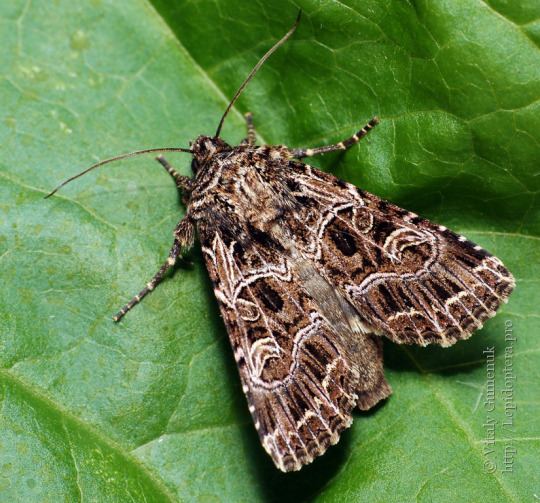
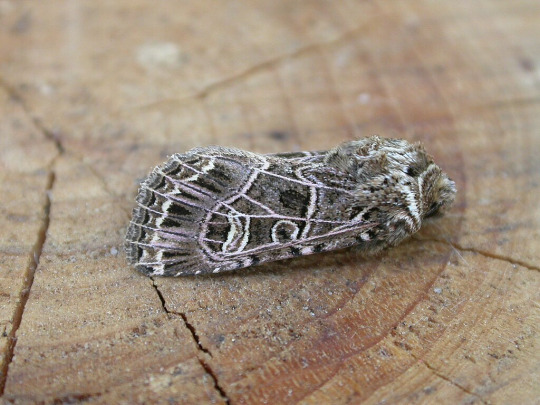
Image sources: [1] [2]
#moth#moths#lepidopterology#lepidoptera#nature#pretty moth#bugs#insect#moth of the day#motd#lepidoptery#entomology#bugblr#invertebrates#insects#bug#beautiful moth#european moth#asian moth#goth moth#bordered gothic moth#sideris reticulata#noctuidae#noctuidae moth
163 notes
·
View notes
Photo
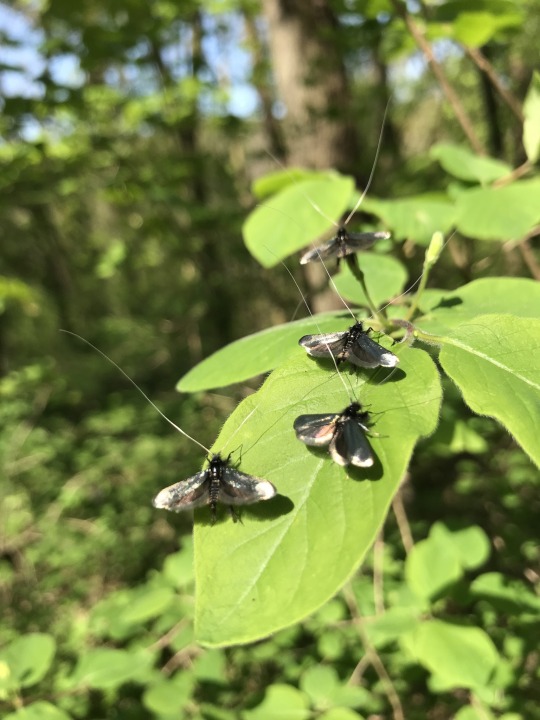
Green Longhorn Moth (Adela reaumurella)
Family: Fairy Moth Family (Adelidae)
IUCN Conservation Status: Unassessed
Common and widely distributed across temperate regions of northern Africa, Asia and Europe, Green Longhorn Moths are easily distinguished from any other moth species owing to their iridescent, metallic-looking wings and the extremely long antennae seen in males (potentially growing to be three times the length of the body,) which are believed to aid in finding mates through the detection of pheromones that indicate reproductive maturity. Found mainly in forests but also occasionally spotted in open grasslands, adult Green Longhorn Moths are unusual among moths in that they are active during the day, with males gathering in large swarms of up to 30 individuals on sunny days between April and June and awaiting the arrival of females, which can be distinguished from males due to their drastically shorter antennae. When a female passes by a swarm all of the males within it will take flight in an effort to impress and mate with her, and following successful mating (which takes place while still in flight) a female will lay her eggs among leaf litter on the forest floor. The caterpillars of this species live among the leaf litter they were born on, feeding on dead leaves and other forms of fallen vegetation while relying on a protective bag-like casing carried on their backs (made from leaf litter held together with silk) to both conceal them and protect them when confronted by predators. Caterpillars that survive until the late summer will seal the end of their bag in order to form a cocoon within which they will pupate over the winter, emerging in the following spring as winged, mature adults.
--------------------------------------------------------------------------
Image Source: https://www.inaturalist.org/taxa/56203-Adela-reaumurella
#green longhorn moth#longhorn moth#fairy moth#moth#moths#insect#insects#zoology#biology#entomology#lepidopterology#lepidoptera#wildlife#african wildlife#european wildlife#asian wildlife#tw insect#tw insects#animal#animals
136 notes
·
View notes
Text
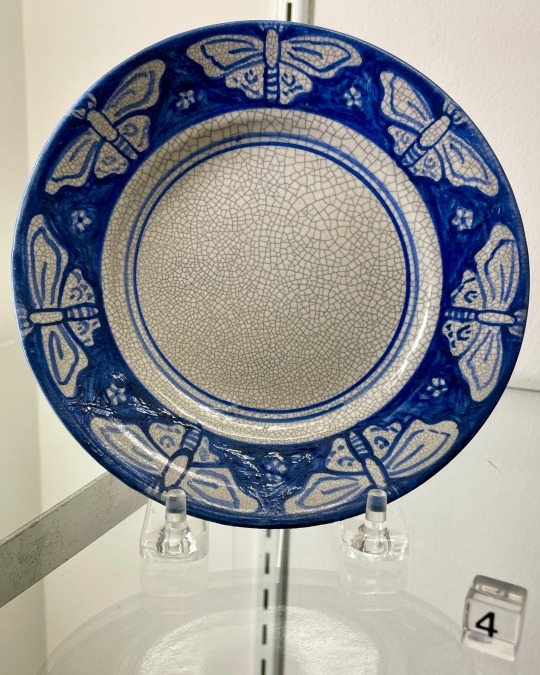
1. Dedham Pottery (Dedham, MA, 1896-1943)
Moth Plate, 1931
Glazed earthenware
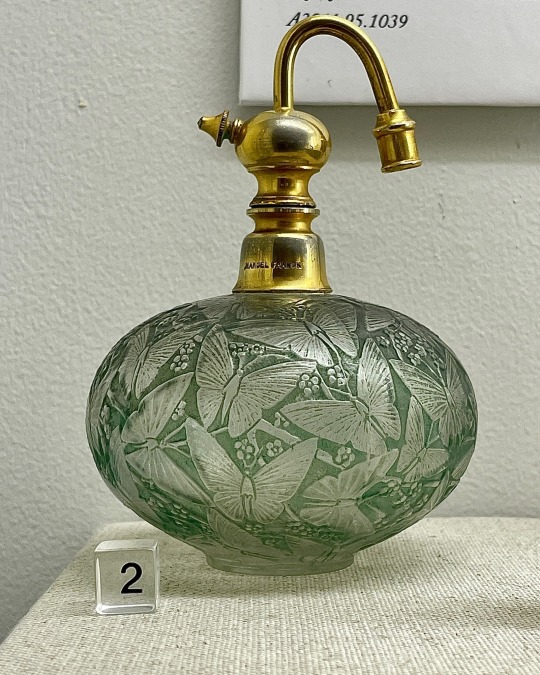
2. René Lalique (French, 1860-1945)
Papillons Vaporizer, early 20th c.
Pressed glass & brass
Both on display at Washington County Museum of Fine Arts (Hagerstown, MD, USA)
#Dedham Pottery#Rene Lalique#20th century art#American art#French art#European art#Washington County Museum of Fine Arts#museum visit#decorative arts#vaporizer#plate#ceramics#glasswork#art glass#Art Nouveau#Art Deco#animals in art#Lepidoptera in art#butterflies#moths
131 notes
·
View notes
Photo

Book review: The Disappearance of Butterflies by Josef H. Reichholf
The cover of this book is a bit misleading, as it focuses on European butterflies and doesn't go into any detail about Monarchs, but I liked it. The author Josef Reichholf is a German entomologist that has been studying butterflies since the 1950s, and he knows what he’s talking about. The first part of the book examines the unique adaptations and habits of many species he’s studied, from aquatic moths to ermines to Six-spot Burnets. The latter part of the book details the primary causes of Lepidoptera population decline, and what needs to be done to reverse it. In his view, the largest contributor to the decline is overfertilization in agriculture followed by pesticide use, not urban sprawl or climate change. His studies actually show that cities can be sanctuaries for many species compared to the countryside due to it’s more structured layout than today’s modern farms and the comparatively low use of fertilizers and pesticides there.
#the disappearance of butterflies#Josef h. reichholf#non-fiction#butterflies#nature#conservation#book#bookblr#book review
29 notes
·
View notes
Text
Karoocichla Tilsley & Gaudin, 2023 (new genus)

(An individual of Karoocichla coryphoeus, photographed by Alan Manson, under CC BY-SA 2.0)
Meaning of name: Karoocichla = Karoo thrush [in Greek]
Species included: K. coryphoeus (Karoo scrub robin, type species, previously in Cercotrichas)
Age: Holocene (Meghalayan), extant
Where found: Scrublands of southern Africa
Notes: Karoocichla coryphoeus is an Afro-Eurasian flycatcher, a diverse group of small songbirds. Many Afro-Eurasian flycatchers hunt for insects by flying after them from a perch, though they also include primarily ground-foraging species like the European robin (Erithacus rubecula). The Karoo scrub robin is one of the ground-foraging species.
Most taxonomic authorities currently place the Karoo scrub robin along with other terrestrial, primarily African flycatchers called “scrub robins” in the genus Cercotrichas. However, genetic analyses have found that not all of these scrub robins are each other’s closest relatives. Some scrub robins (including the type species of Cercotrichas, the black scrub robin C. podobe) are more closely related to the magpie robins (genus Copsychus) than to other scrub robins, including the Karoo scrub robin.
This latter group of scrub robins that are not closely related to Cercotrichas proper therefore need to be reclassified into one or more different genera. It was recently suggested that the old genus name Tychaedon could be revived for all members of this group, though it was subsequently pointed out that the even older name Aedonopsis should be used.
Within the Aedonopsis scrub robins, the Karoo scrub robin is the most distant living relative to the other members of this lineage. It additionally exhibits several distinctive traits compared to other species of Aedonopsis, such as hatching with downy feathers (instead of being naked), laying bright turquoise (instead of whitish) eggs, and cooperative breeding behavior in which the adult offspring of a breeding pair may remain with their parents to help care for their younger siblings. As a result, it has been argued that the Karoo scrub robin should be classified into its own unique genus. In fact, the genus Salsolicola was previously proposed for it in 2004. However, the name Salsolicola had already been used for a genus of moths, so the Karoo scrub robin requires a different genus name if it is not considered a member of Aedonopsis. A new paper thus coins the new genus Karoocichla for this bird.
Reference: Tilsley, A. and J. Gaudin. 2023. A replacement name for Salsolicola Oatley, 2004 (Aves: Muscicapidae), preoccupied by Salsolicola Kuznetsov, 1960 (Lepidoptera: Tortricidae). Zootaxa 5271: 196–200. doi: 10.11646/zootaxa.5271.1.14
38 notes
·
View notes
